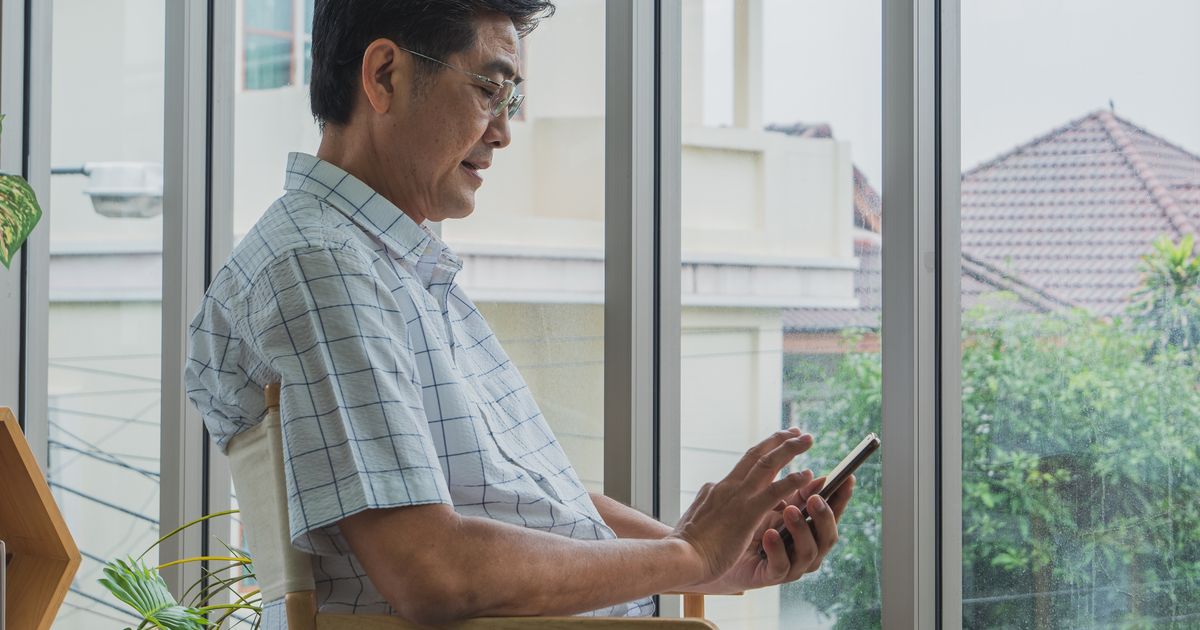Hospital at home: A shift in thinking for acute care Leave a comment

As discussed earlier, technology is a key component of successful hospital-at-home programs. The solution should be easy to use for patients and clinicians alike while improving the quality of care delivered in the home. The old model of sending episodic collection devices, the patient burdened with manually inputting all their vitals, is over. Now, hospitals can instead utilize more comfortable, wearable technologies to automatically, continuously, and securely collect/share patient health data in real time. The best solutions are designed to be both modular and device-agnostic.
Given the sheer amount of information provided by intermittent and continuous monitoring, it is important to consider a solution that utilizes algorithms and analytics to sort signals from noise and create relevant, clinical insights. One example is Biofourmis’ Biovitals Index (BI). Through the use of FDA-cleared software the BI is able to support clinical decision making and reduce the frequency of false alerts. Instead of simply relaying a constant stream of data, these algorithms deliver practical insights using artificial intelligence (AI) and machine learning. This analysis can detect deviations within a patient’s vital signs and help to facilitate earlier interventions.
Each health system is unique, and no one hospital at home program can be the same. It is important to find a partner that is willing to create and configure a solution that works for a program’s needs.


